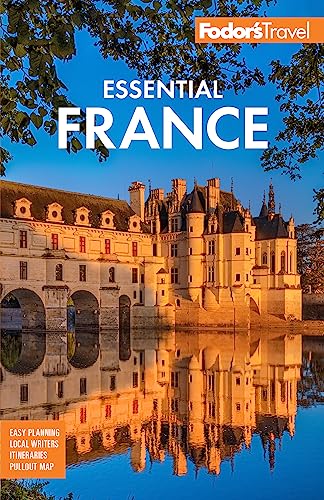Getting Oriented
As you head toward Reims, the landscape loosens and undulates, and the hills tantalize with vineyards that—thanks to la méthode champenoise—produce the world's antidote to gloom. Each year, millions of bottles of bubbly mature in hundreds of kilometers of chalk tunnels carved under the streets of Reims and Épernay, both of which fight for the title "The Champagne City." Long before a drink put it on the map, though, this area of northern France was marked by marvelous architecture, and it contains many of France's greatest medieval cathedrals.
- Champagne. The local obsession with Champagne is especially evident in Reims, the region's hub, which is home to the great Champagne houses and site of one of the most historically important cathedrals in France. Once you’ve paid tribute to the 34 VIPs who have been crowned here and toured some Champagne cellars to bone up on the backstory behind this noble beverage, you can head south. Smack-dab in the middle of the 280 square kilometers (108 square miles) that make up the entire Champagne-producing area, Épernay lives and dies for the bubbly brew. Continue on the Route du Champagne to other wine villages.
- The Cathedral Cities. To the west of Champagne lies a region where the popping of Champagne corks is only a distant murmur, and not just because Reims is 160 km (100 miles) away. Here you’ll find some of the most gargantuan Gothic hulks of architectural harmony—namely the cathedrals of Beauvais, Amiens, Laon, and Soissons. Beauvais is positively dizzying from within (it features the highest choir in France, and you nearly keel over craning your neck back to see it); Amiens, the largest church in the land, is fantastically ornate in places; while Laon is notable for its majestic towers; and Soissons shows Gothic at its most restrained.




